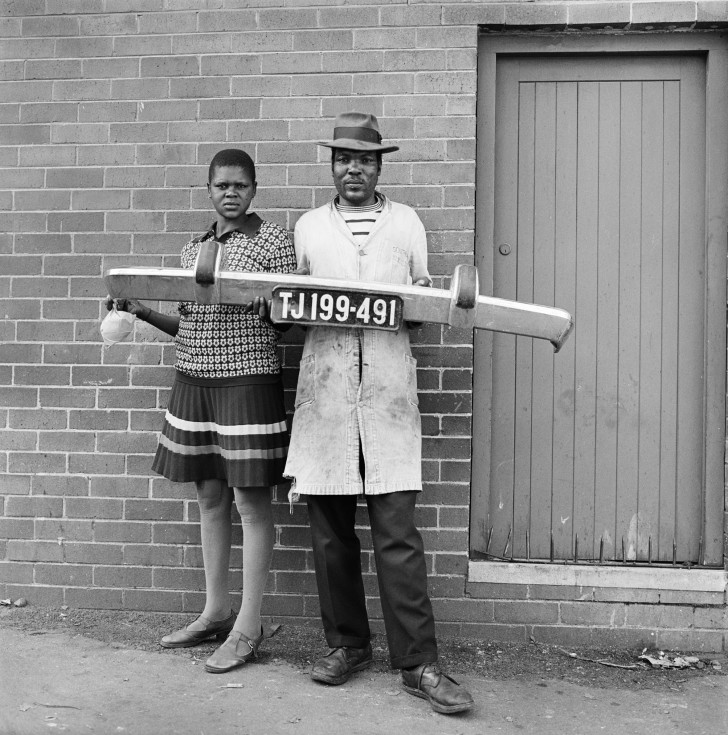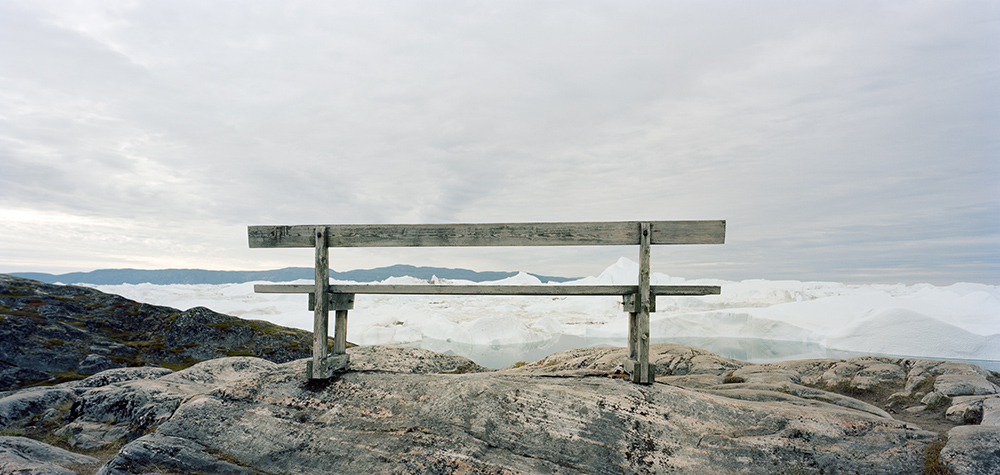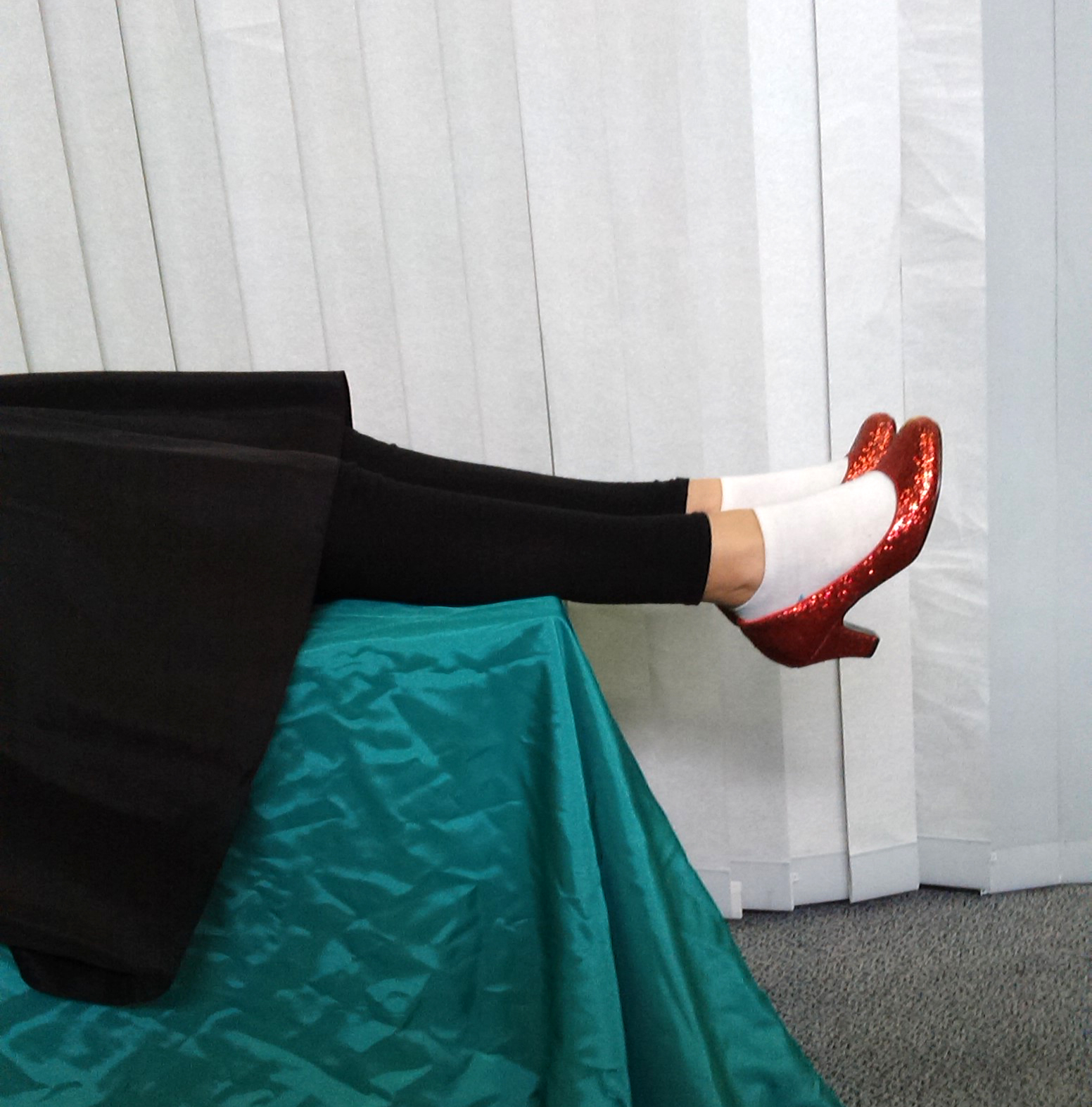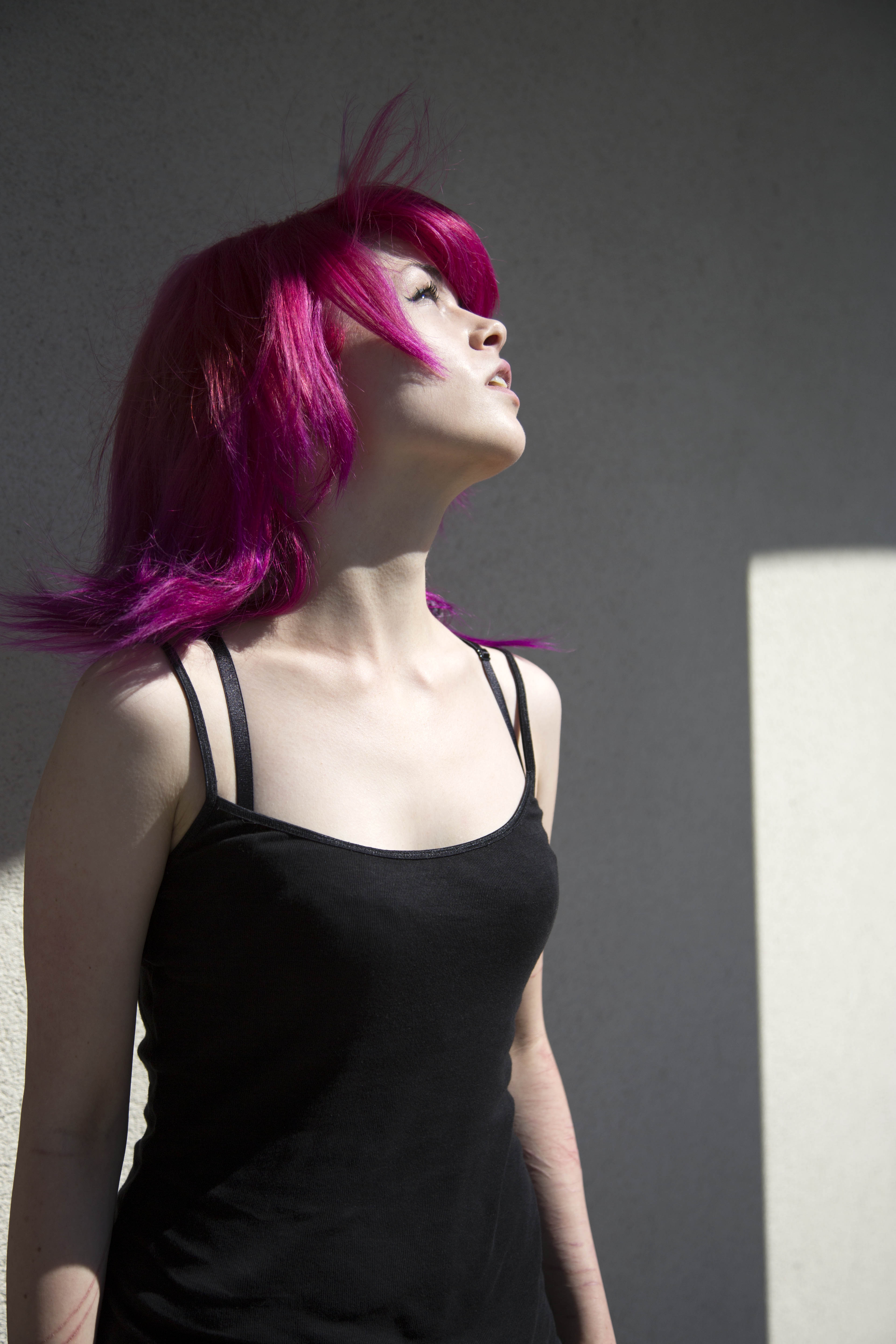To what extent has David Goldblatt’s work influenced Michelle Sank’s work?
In this essay I am going to explore how Michelle Sank’s nominated artist David Goldblatt has influenced her work. I am going to do further research into both of the works displayed at the exhibition, to find further connections and relationships between them, beyond what is displayed on the surface.
David Goldblatt
David Goldblatt is a South African photographer, he was born in South Africa after his Jewish parents fled Europe in the 1890’s . Since the late 1940’s he has photographed the social and physical landscape of South Africa. However, he is most well know for photographing people in South Africa during the period of apartheid, where black people were physically and socially segregated and treated differently to white people through the use of separate facilities such as schools, accommodation and transportation. David Goldblatt has various publications and has won many awards. During this time period as a white person photographing black people was an unusual thing to be doing, because if you were caught Interacting with a black person you would be sentenced to prison.
http://www.moma.org/collection/artists/2214?=undefined&page=1
Michelle Sank
Michelle Sank was born in Cape Town, South Africa. She has been living in England since 1987. Michelle photographs the human conditions exploring social and cultural diversity through documentary photography. Michelle has had many successful solo exhibitions and publications including books. She has also won many awards for example her most recent award was in 2013, Gold Award, San Francisco International Photographic Exhibition. She recently displayed her work both in Jersey and Guernsey.
The photograph that I’m looking at by Michelle Sank that was published in the exhibition is actually from a larger collection of photographs under the title ‘Insula’ taken in April 2013. I read some more about the 6 months that Michelle Sank was in residency at the Archisle and found that she trying to photograph how being on the Island and within a ‘kept environment’ influenced peoples way of being. I then googled the definition of Insula, it showed that Insula means “a region of the brain deep in the cerebral cortex.” I then furher looked into the cerebral cortex and it is the part of the brain that is linked to your conscientious, self- awareness and perception. This is linked with the exhibitions idea of ‘islandness’ , being aware socially and politically and also being aware and having other photographic connections outside of the island. David Goldblatt also photographed peoples social and physical landscape and in this case for Michelle Sank it was Jersey.
One of the most damaging things that apartheid did to us, was that it denied us the experience of each other’s lives. – David Goldblatt
I then looked at David Goldblatt’s photograph which is of two black people holding a car bumper. I didn’t really understand what this represented or if it was a metaphor for something. However, when I looked at the tittle ‘ She told him: “You’ll be the driver and i’ll be the lady”, then they grabbed the car bumper and posed, Hillbrow, 1975’ I then connected with this photograph and found it quite touching. This photograph represented a dream that they couldn’t achieve due to the cultural segregation, which I think is wrong in everyway. I think the fact that the bumper is straight, shows the divide between the people in the photograph who I think could have been servants and their ‘owner’ . The photograph is taken infront of a building which could be where they were living. The photograph was taken in Johannesburg which at the time was not a place were everyone was smoothly integrated, which renforces what David Goldblatt was photographing. I think this photograph is very powerful and speaks for itself.
The first connection I saw between these photographs, although it was fairly obvious, was that they had both photographed a portrait of two people and included their surroundings, which allows us to get a better understanding. I then realised that David’s photograph at that time would have been of the working class, I then looked at Michelle photograph and by what they are wearing and their surrounding I think the girls are also from a middle/working class. I then questioned if there was any particular reason why she photographed twins, it could be that the people in David’s photograph are also related to each other although I don’t know this for sure. Other than the photograph itself I found connections between the photographers. The first one I found was that they were both born in South Africa and they are both white, this may be what inspired and influenced Michelle Sank and let her to choose David as her nominated artist. The second connection that I found although it was in different centuries they are both photographing cultural diversity and peoples physical and social landscape.
In conclusion, to answer my question I think that David Goldblatt is a huge influence for Michelle Sank and there are many connections between not only their work but as people themselves. In this project Michelle Sanks work links closely to the work of David, as I have found above, however having looked at some of her other projects there aren’t as many connections although most of pictures are environmental portraits which show the differences between people as well as this I think the photographs portray personal identities. But these photos keep to the conjoint theme of photographing peoples physical and social landscape.






